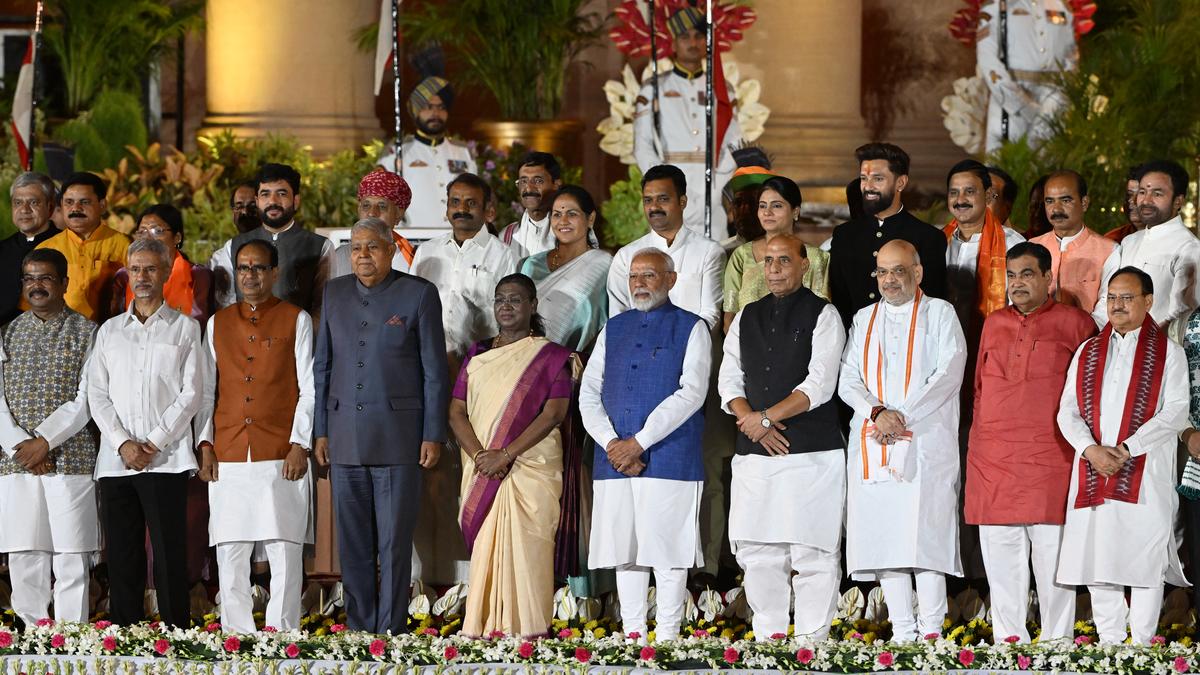
Review of Eswaran Sridharan’s Elections, Parties, and Coalitions in India — Theory and Recent History: After the verdict
The Hindu
Review of Eswaran Sridharan’s Elections, Parties, and Coalitions in India — Theory and Recent History
Think of coalition politics in India, and to any student of Indian politics, the first name that comes to mind is likely to be Eswaran Sridharan. Elections, Parties, and Coalitions in India: Theory and Recent History brings together a collection of his articles on various issues that have shaped Indian politics since 1989. The themes covered include party system transformation, the rise and decline of political parties, political finance, and various aspects of coalition politics. Though they have previously appeared in academic journals and edited volumes, having them in one place will give that scholarship a wider audience.
Sridharan’s work embraces ingenuity and rigour, combines theory with empiricism, and covers various related areas, including party politics and party systems, coalition studies, electoral politics and political economy.
Some coalition studies focus on theory building and avoid getting into the messy empirical details of how parties and leaders behave in the actual world. While these studies give us sophisticated models, they are often far removed from reality. At the same time, in the context of India, description has frequently triumphed over explanation. Description without an explanatory framework is tedious and vacuous and does not help understand or explain phenomena. Theory and empiricism must complement each other as they do in Sridharan’s work to be helpful.
Two features consistently stand out in his work. First, he is squarely rooted in the ‘soft-rational choice’ tradition, which assumes that the actions of human beings are purposive and goal-motivated but not necessarily wholly directed to maximising individual benefits as assumed by the ‘hard-rational choice’ school. While political parties are motivated by election and re-election, they are also constrained by policy preferences, goals, and values.
Second, Sridharan’s explanatory framework is located in the institutional school. This approach has significantly contributed to our understanding of coalition behaviour in the context of India and has also enriched comparative studies. Most coalition propositions have primarily been derived from the experiences of political systems that are unitary rather than federal, use a proportional representative system (PR) of electoral laws rather than the first-past-the-post system and are consensual rather than majoritarian parliamentary systems. Sridharan’s work underlines the inadequacies of conventional theoretical propositions drawn from particular institutional settings.
Three particular findings from Sridharan’s work about the first-past-the-post system and Duvergerian dynamics and how they change the incentive structure for political parties are worth highlighting. First, unlike proportional representative systems, where post-electoral alliances are the norm, there is an incentive for pre-electoral coalitions and alliances under the first-past-the-post systems to prevent the wastage of votes. Second, he also pointed out that a small vote swing in the first-past-the-post systems could disproportionately impact seat shares. Third, third-placed parties/candidates in such a system could become pivotal players if they play their cards correctly.
On the federal dimension, there are two noteworthy contributions. First, Sridharan finds that the division of power between multiple levels of government makes the State-level power politically attractive for parties to form single-State parties. Duvergerian dynamics then lead to two-party or bipolar state-party systems. Given the cultural and linguistic differences across the country and the variation in the politicisation of cleavages, we could have multiple bipolarities that could lead to a multi-party system at the federal level.











